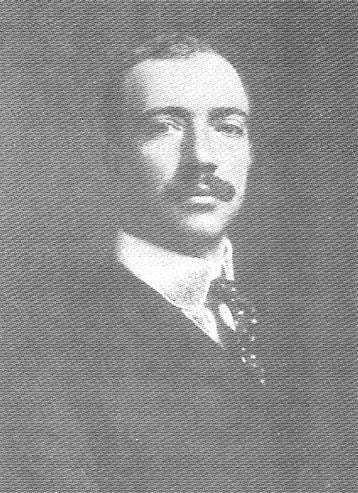Nationality American Name William Parsons | Role Architect | |
 | ||
Occupation Architect and city planner Died 1939, New Haven, Connecticut, United States | ||
William E. Parsons (June 19, 1872 - December 17, 1939) was an architect and city planner known for his works in the Philippines during the early period of American colonization in the country.
Contents
Education
He was educated at Yale University and École des Beaux-Arts in Paris
Philippines
During the early years of American reconstruction in the Philippines, at the height of the City Beautiful movement, the former Governor-General of the Philippines (and future U.S. president), Howard Taft, initiated a comprehensive building construction and city planning in the country. He was the United States Secretary of War when he instructed William Cameron Forbes, then a member of the Philippine Commission, to engage competent advice on this subject. He induced architect Daniel H. Burnham, the leading spirit in the architectural design and construction of the 1893 World's Fair in Chicago, to visit the islands, which he did together with his designer, Pierce Anderson, making general preliminary plans for the cities of Manila and Baguio. This was followed by the recommendation that an architect of suitable training and experience be appointed as consulting architect for the Government.
Parsons was recommended by Burnham and appointed for the job. At the time of his selection he was practicing architecture in New York City, having recently graduated from École des Beaux-Arts, Paris. With enthusiastic ambition, the best heritage of a thorough French training, he went to Manila in November, 1905. Under the terms of his appointment as a consulting architect created by the Philippine Commission Act No. 1495 (enacted May 26, 1906), he was given general architectural supervision over the design of all public buildings and parks throughout the islands, including provincial and municipal work as well as insular. Consequently, he was charged with interpretation of the preliminary plans prepared by Messrs. Burnham and Anderson for Manila and Baguio. It remained for the American architect to establish city plans and buildings of a permanent nature suited to the needs and requirements of a tropical country.
He received a salary from the Government which paid the cost of plans, etc. Also, he was allowed to engage in private practice, and maintained a separate office during most of his years in Manila. He served until February, 1914, resigning because "there seemed to be no further progress to be made under the scuttle policy of the present administration." He was replaced by his assistant, George Corner Fenhagen, as the Consulting Architect of the Philippine government.
One of the features of local architecture he adopted generally on his design, even at the high-end Manila Hotel, was the use of Capiz shells for window sash in place of glass. The Capiz shell is a flat sea shell about 4 inches (100 mm) in diameter. It is trimmed down to squares, which are set in thin strips of wood. They give a soft pearly light, where clear glass would be intolerable on account of the glare.
